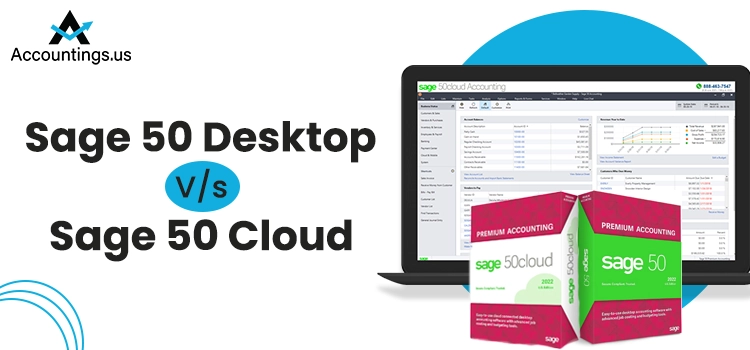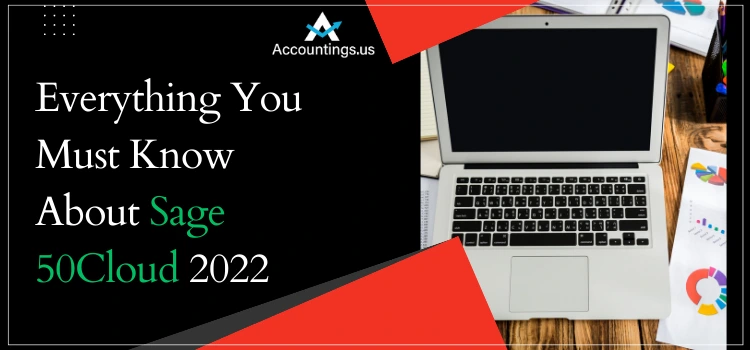
The process of tracking an organisation’s daily financial transactions is known as bookkeeping. The financial books of accounts provide a record of every financial activity, including payroll income, tax payments, loan investments, sales revenue, etc. Additionally, it helps in summarising the revenue, expenses, and other ledger accounts.
Table of Contents
Different Types of Bookkeeping:-
Two different types of bookkeeping are commonly used in accounts which are as follows:
Single-Entry Bookkeeping System
The single-entry bookkeeping method allows you to record one entry for each financial transaction. The company mainly uses this method to record receipts or create daily reports. Moreover, this bookkeeping method is mainly adopted by small proprietors, small setups and companies with minimal transaction activity.
Benefits of using the Single-Entry Bookkeeping System:-
Below we have discussed some of the advantages of using the single-entry bookkeeping method. Check them out.
- This bookkeeping method is simple to understand and doesn’t require much understanding. Users with a minimal understanding of bookkeeping can also use this bookkeeping method.
- The single-entry Bookkeeping method is best for small companies as it eliminates hiring a third-party resource to maintain the books of accounts.
Drawbacks of using the Single-Entry Bookkeeping System:-
- Most of the time, this method doesn’t reflect the accurate profit and loss of the business.
- Also, the single-entry bookkeeping method is susceptible to financial fraud.
Double Entry Bookkeeping System
This method requires users to record double entries for each financial transaction. The double-entry method creates checks and balances by recording a similar credit entry for each debit entry.
Benefits of using the Double-Entry Bookkeeping System:-
If you are unaware of the advantages of accessing the double-entry bookkeeping system, you mustn’t worry and go through the advantages listed below.
- With the help of the Double-Entry Bookkeeping method, you can reduce financial fraud and safeguard your data from unauthorised access.
- The companies can easily compare the data from one quarter to another quarter.
- This method uses the concept of trial balances, which helps maintain the books of accounts easily and conveniently.
Drawbacks of using the Double-Entry Bookkeeping System:-
Despite having several benefits of using the double-entry bookkeeping system, there are certain drawbacks. Below we have provided some of the drawbacks of accessing it, which are as follows:
- Using this bookkeeping method is a bit complicated and requires a high level of knowledge.
- The worst part is that the bookkeeper has to spend a lot of time recording each transaction.
Here are some of the Best Practices of Bookkeeping that entrepreneurs must follow
1. Maintain Complete Separation Between Your Personal and Business Finances:-
Making a distinction between company and personal finances is crucial. However, preparing a unique legal entity like an LLC or an S corporation is the best start to keep your business and personal account different. Using the business funds for personal use may cause issues while preparing the cash flow statements and filing the taxes.
2. Setup Internal Controls:-
Organisations need to set up internal controls in the company’s bookkeeping policies and procedures to eliminate the risk of fraud and data breaches. Regarding the internal controls, ensure that the person who opens the mail shouldn’t be the same person who is responsible for performing accounts functions.
The person who opens the mail must keep track of the checks in a physical paper log regarding the checks you receive and when. After this, the check must be submitted to the bookkeeper or accountant and a list copy. This list contains the details of the person who opened the mail and the bookkeeper or accountant.
3. Stay Updated with Automatic bank Downloads:-
An automatic bank download option is a common feature of accounting software that makes things simpler and easier. You must be very attentive so that the transactions don’t accumulate. Otherwise, it would be a tedious process to categorise multiple transactions after letting transactions build up in your bank feeds for a few months. The weekly or monthly practice of classifying bank downloads is required.
4. Evaluate the Accounting Method you will use:-
There are two different accounting methods that you can use for your business. One is cash basis accounting, and the other one is accrual accounting. Cash accounting usually records the transactions when you have cash in hand and is preferred for teh businesses that deal in cash payments.
The accrual method uses the matching principle to record revenue and expenses in the period they occur, irrespective of when the payments are received or occurred. This method might be a little complicated for the users, but it is the perfect choice for the business that invoices clients. You must recognise which accounting method is suitable for your business before you conduct your first transaction.
5. Analyse Your Financial Data Monthly:-
It is important to evaluate your monthly income statements and balance sheet to avoid any data discrepancy. Nowadays, many software allows comparing different periods to analyse trends better. Apart from this, numerous more reports, such as payables and receivables, will assist you in monitoring the state of your company.





